
Dr. Fauci Takes Isolated Vitamin D and Synthetic Vitamin C
Dr. Fauci takes isolated vitamin D and synthetic vitamin C By Dr. Robert Thiel Dr. Anthony Fauci, who is the
Catalyst Complex™is superior to Catalyn®.

Contains Synthetic Vitamins
Standard Process Laboratories produces a popular product called Catalyn®. Catalyn® contains six chemical vitamin additives and three processed rocks (Catalyn®, Product Bulletins, 1953) (mineral salts).
Standard Process claims in their catalog that Catalyn® “Supplies multiple vitamins and minerals for complete, complex nutritional supplementation.”
A careful reading of the label shows that Catalyn® contains vitamin isolates as the primary source of each of the claimed nutrients.
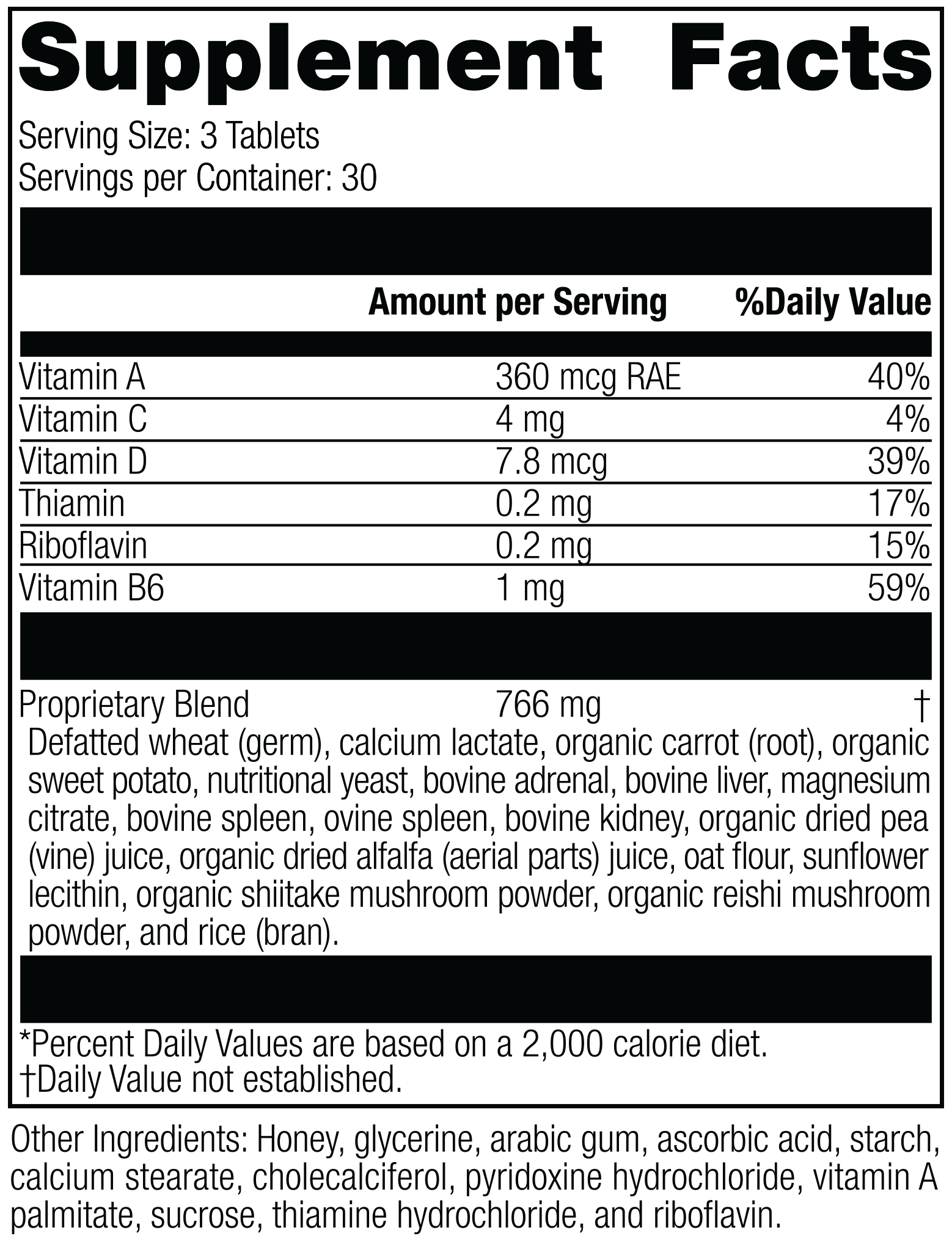
While Catalyn® does contain carrots, that is not the source of the 1200 IU of vitamin A. The label shows that Catalyn® contains the USP isolate vitamin A palmitate, which is presumably where most, if not all of the 1200 IUs of vitamin A comes from (carrots provide betacarotene, not palmitate).
Catalyn® contains USP ascorbic acid, which is presumably the source of the 4 mg of vitamin C. It may be of interest to note that the original founder of Standard Process, Dr. Royal Lee, did not want people to call ascorbic acid vitamin C:
Dr. Lee felt it was not honest to use the name ‘vitamin C’ for ascorbic acid. That term ‘should be reserved for the vitamin C COMPLEX’ (DeCava, J. The Lee Philosophy-Part II. Nutrition News and Views 2003;7(1):1-6).
Catalyn® contains USP thiamine hydrochloride which is a synthetic source of thiamine. This seems strange as Dr. Royal Lee wrote against isolated and synthetic forms of vitamins, but they are in Catalyn® (Lee R. How and Why are Synthetic Poisons Sold as Imitations of Natural Foods and Drugs, 1948). Catalyn® originally supplied a more natural form of thiamine, but that changed in the past decade.
Thiamine hydrochloride is not what is naturally found in food and it is not a food, but a USP isolate.
Thiamine hydrochloride in products like Catalyn®, is a crystalline salt:
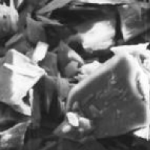
Thiamine in food products, like Catalyst Complex™ looks like the following:
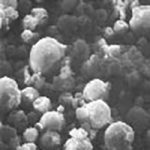
(Note: Both photos were made using electro microscopy at the same magnification.)
Catalyn® contains riboflavin as an isolated ingredient. Riboflavin does not exist in foods so isolated.
Catalyn® contains USP pyridoxine hydrochloride which is presumably the source of its vitamin B6. Pyridoxine hydrochloride is crystalline in structure and is generally made from petroleum and hydrochloric acid, processed with formaldehyde (Hui JH. Encyclopedia of Food Science and Technology. John Wiley, New York, 1992).
Catalyn® contains USP cholecalciferol which is presumably the source of its vitamin D. Dr. Royal Lee once opined:
ALL THE CLAIMED NUTRITIONAL SUPPLEMENT FACTS FOR CATALYN® ARE FOR ISOLATED SUBSTANCES THAT HUMANS WOULD NOT NATURALLY EAT.
As far as minerals go, Catalyn® also contains calcium lactate, which is also used as “a preservative in foods” (The Merck Index, 12th edition, 1996, p, 1716).
Further research on the label reveals that it contains magnesium citrate, which is, in essence, an industrially- processed rock mineral salt. It is therapeutically used as a cathartic (The Merck Index, 12th edition, 1996, p, 5707). A cathartic is a purgative substance.
Now, while it is claimed that Catalyn® is a source of minerals, no mineral claims are on the Supplement Facts section of its label. Hence, we would not categorize it as a complete source of minerals. And since it only lists six vitamins, we would not categorize it as a complete source of vitamins. Catalyn®’s supplement label simply does not have all the vitamins or all the minerals that are essential for human beings.
* Standard Process and Catalyn are registered trademarks of Standard Process Laboratories.

Contains 100% Food Vitamins
Food Research produces Catalyst Complex™ which we believe is superior to Catalyn. Catalyst Complex™ contains 100% nutrients and foods, no chemical additives and no rocks.
Catalyst Complex™ is qualitatively and quantitatively superior.
All Catalyst Complex™ nutrients are in the same chemical forms as food which makes them better absorbed, utilized and retained by the human body (Medical Hypotheses, 2000; 55(6):461-469).
Catalyst Complex™ is not a combination of foods and USP isolates, as is Catalyn®. Food nutrients are superior to non-food isolates.
Catalyst Complex™ only contains organic carrot root as a source of vitamin A as betacarotene. Food Research organic carrot root is specifically grown and tested to contain higher levels of betacarotene. Betacarotene foods are better for antioxidant and health-building than isolates.
Catalyst Complex™ contains vitamin C from fruit. Foods naturally contain two forms of vitamin C and are superior to isolated ascorbic acid for Oxidative Reductive Potential (ORP) and antioxidant purposes.
Catalyst Complex™ contains food B Vitamins and in the form they are found in real foods. For example, foods contain thiamine pyrophosphate for vitamin B1.
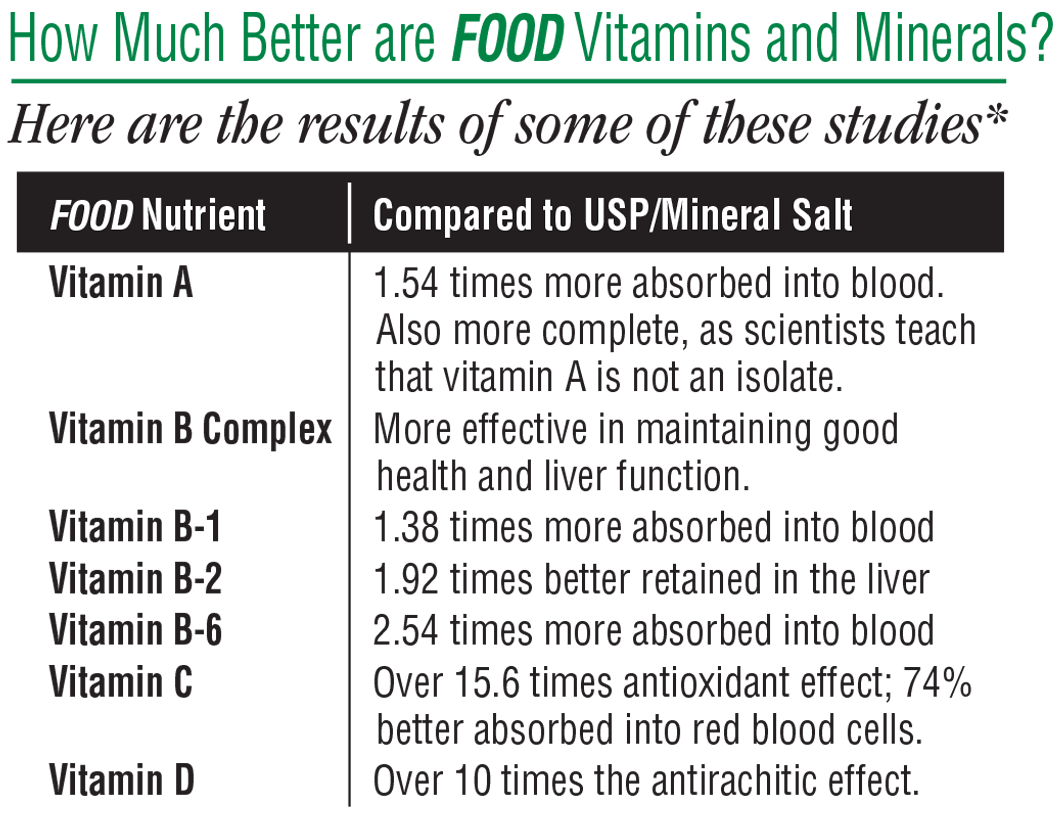
Catalyst Complex™ contains vitamin D (mainly D3) from specially grown food. Food vitamin D is superior to isolates.
In a recent evaluation, a bio-accessibility assay tested for the percentage of elemental Calcium that is digested in the gastric and intestinal phases. This method tries to mimic physiological conditions in vivo, considering the presence of digestive enzymes and their concentrations, pH, digestion time, and salt concentrations, among other factors. (The method was followed: A standardize static in vitro digestion method suitable for food – an international consensus by M. Minekus et al. Food Funct., 2014, 5, 111). BioGurt™ Calcium demonstrated higher statistically significant calcium content in the digestion simulated fluid compared to preparations of Citracal™ and Calcium chloride.
Being a food, BioGurt™ magnesium is better than mineral salt forms of magnesium.
While Catalyn® is a fine product for those who want what looks like USP isolates mixed in with foods, for optimal health, we recommend Catalyst Complex™.
Discerning health care professionals across the USA carry Catalyst Complex™ and other 100% food nutrient supplements. If you are a health care professional interested in food nutrients, call 1-805-489-7185 or email us at doctorsfoodresearch@gmail.com for more information.
If you are not a health care professional, please share this article with your health care professional. If he or she is interested in 100% food nutrient supplements, we would be happy to provide them.
* These studies may not conform to peer review standards. Therefore the results are not conclusive. Published research has concluded that food vitamins are superior to USP ones.
Food Research products are distributed exclusively
in the USA by Doctors’ Research, Inc.

Dr. Fauci takes isolated vitamin D and synthetic vitamin C By Dr. Robert Thiel Dr. Anthony Fauci, who is the
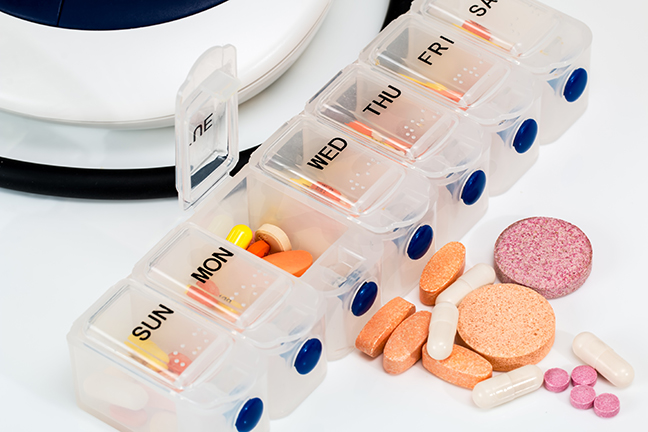
Adrenalin is an outstanding example of a synthetic product that is being commercialized in disregard of the difference in physiological action. The natural adrenalin is fifteen times as 35 active as the synthetic dextro form in its effect on blood vessels.
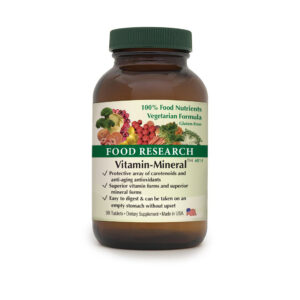
Vitamin-Mineral™ is a 100% vegetarian FOOD supplement that is the best multi-vitamin, multi-mineral product available anywhere. Unlike some other claimed “ WHOLE FOOD” multi-formulas, it does not contain ANY isolate USP nutrients. 270 Tablets – $89.98
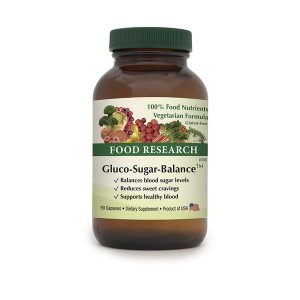
Gluco-Sugar-Balance™ is a 100% vegetarian FOOD supplement intended to help support a healthy balance of glucose in the body. It contains minerals, such as Chromium GTF and vanadium, as well as herbs to nutritionally support the body’s blood sugar systems.
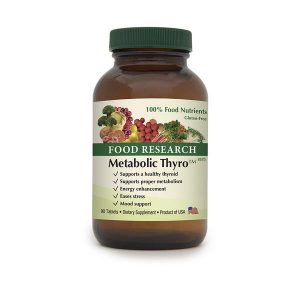
Metabolic Thyro™ is a 100% FOOD supplement that is intended to supply nutrients, glandulars, and herbs needed to maintain and support optimal thyroid health. It is made up of naturally-iodine containing kelp, plant source l-tyrosine, and bovine glandulars.

B Stress Complex™ is a 100% vegetarian FOOD supplement that is intended to supply 100% FOOD B vitamins. Unlike certain so called “whole food” B vitamin sources, it does not contain isolated USP niacinamide, pyridoxine hydrochloride, or any isolated “nutrients”.
This site provides information for doctors and health care professionals and is not intended for use by consumer.
• Photos and Images are all used by permission from Pixabay.com & Pexels.com except for those that are Owned and Copyrighted by Doctors Research, Inc.